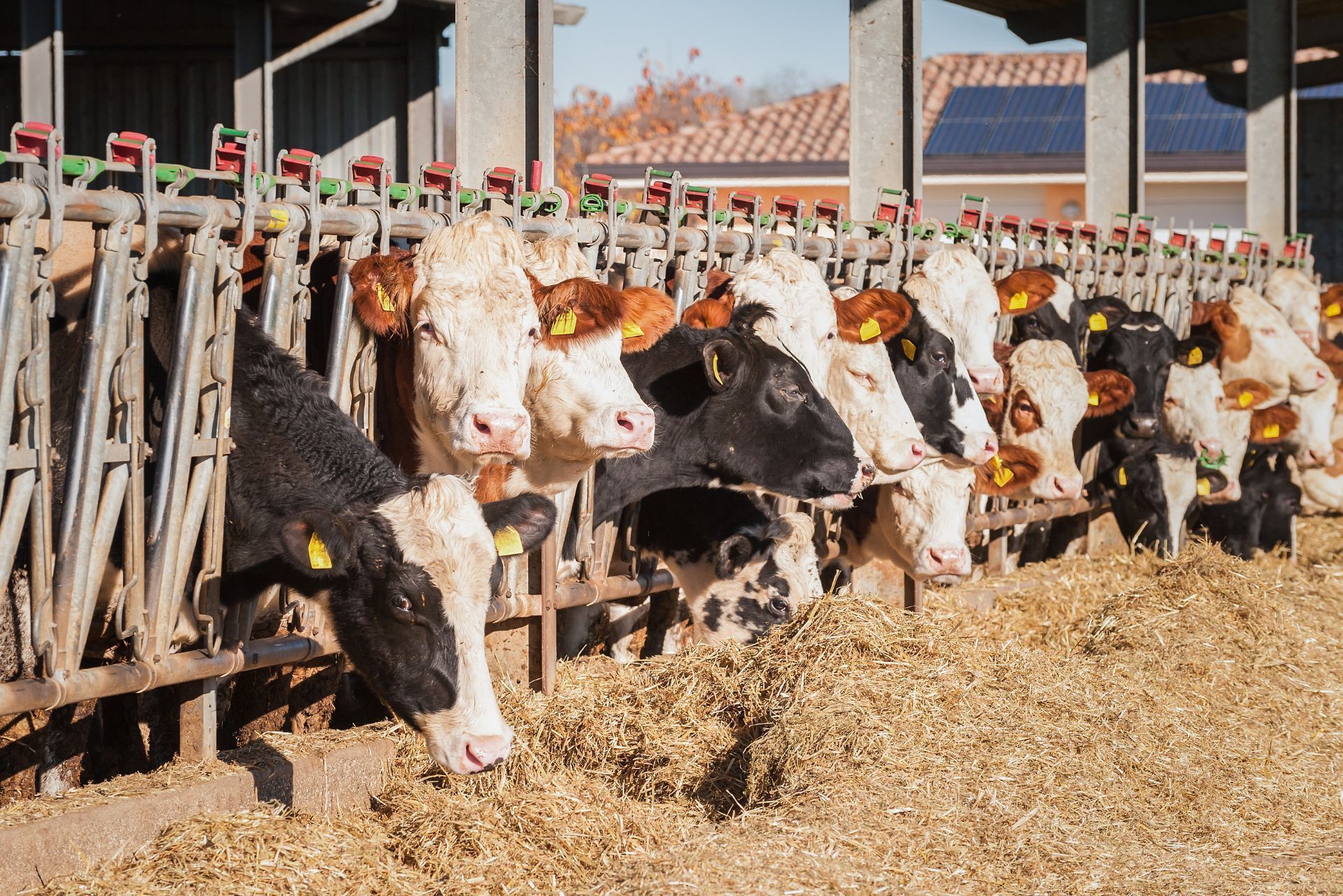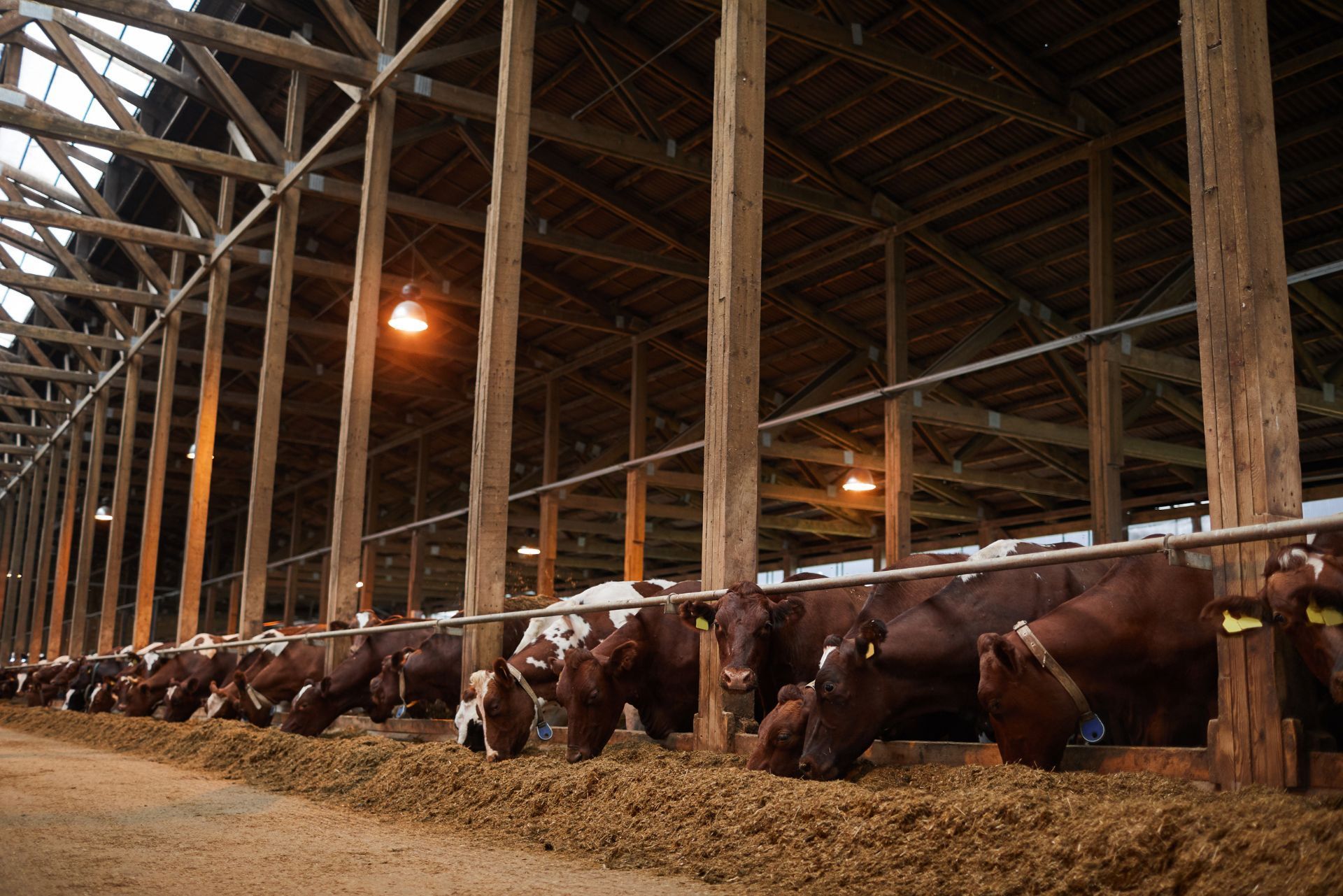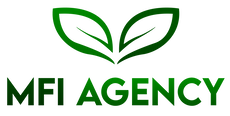
Top 3 Recommended Policies

Cattle feedlot insurance is an essential aspect of managing a successful feedlot operation. As the cattle industry continues to evolve, understanding the various insurance options available can help protect investments, mitigate risks, and ensure long-term sustainability. This comprehensive guide will explore the types of insurance available, the factors that influence insurance costs, and best practices for selecting the right coverage for your feedlot.
Understanding Cattle Feedlot Insurance
Insurance for cattle feedlots is designed to cover various risks associated with raising and feeding cattle. This type of insurance can protect against losses due to accidents, natural disasters, disease outbreaks, and other unforeseen events. Understanding the nuances of cattle feedlot insurance is crucial for any operator looking to safeguard their investment.
What is Cattle Feedlot Insurance?
Cattle feedlot insurance encompasses a range of policies tailored specifically for feedlot operations. These policies can cover everything from livestock mortality to property damage and liability. The primary goal is to provide financial protection against risks that could adversely affect the business. Given the scale of operations in modern feedlots, where hundreds or even thousands of cattle are raised, the importance of having comprehensive insurance cannot be overstated. Operators must be aware of the specific risks associated with their geographical location, as certain areas may be more prone to specific natural disasters or disease outbreaks.
Types of Coverage
There are several types of coverage available under cattle feedlot insurance, including:
- Livestock Mortality Insurance: This coverage protects against the loss of cattle due to accidents, disease, or other unforeseen events. It is particularly vital in the event of sudden disease outbreaks, which can decimate herds and lead to significant financial losses.
- Property Insurance: This type of insurance covers physical assets such as barns, feed storage, and equipment against damage or loss. In addition to protecting against fire or theft, property insurance can also cover losses due to severe weather events, which are becoming increasingly common.
- Liability Insurance: Liability coverage protects against claims arising from accidents or injuries that occur on the feedlot premises. This is essential for protecting the business from lawsuits that could arise from accidents involving employees, visitors, or even neighboring properties.
In addition to these core coverages, many insurance providers offer supplemental options that can further enhance protection. For instance, some operators may opt for coverage that includes business interruption insurance, which can help mitigate losses during periods when operations are halted due to unforeseen circumstances. Furthermore, risk management services are often bundled with insurance policies, offering feedlot operators valuable resources to assess and manage their risks effectively. This proactive approach not only helps in minimizing potential losses but also aids in maintaining the overall health and productivity of the cattle, ensuring a more sustainable operation in the long run.
Factors Influencing Insurance Costs
The cost of cattle feedlot insurance can vary significantly based on several factors. Understanding these factors can help operators make informed decisions when selecting coverage.
Location of the Feedlot
The geographical location of a feedlot plays a significant role in determining insurance premiums. Areas prone to natural disasters, such as floods or wildfires, may face higher rates due to the increased risk of loss. Additionally, regional regulations and market conditions can influence costs. For instance, feedlots situated in regions with strict environmental regulations may incur additional compliance costs, which can also affect insurance pricing. Furthermore, the proximity to veterinary services and feed suppliers can impact operational efficiency and risk management, potentially leading to variations in insurance costs.
Size and Scale of Operation
The size of the feedlot operation is another critical factor. Larger operations may require more extensive coverage, leading to higher premiums. Conversely, smaller feedlots may have lower insurance costs but should still ensure they have adequate protection for their specific needs. It's important for operators to assess their risk exposure based on the number of cattle, the infrastructure in place, and the overall management practices. Larger operations might also benefit from economies of scale when negotiating insurance terms, allowing them to secure better rates or coverage options that smaller operations might not have access to.
Type of Livestock
The breed and type of cattle being raised can also impact insurance costs. Some breeds may be more susceptible to diseases or have higher mortality rates, which can lead to increased premiums. Operators should discuss these factors with their insurance provider to ensure they are adequately covered. Additionally, the intended market for the livestock—whether for beef production, dairy, or breeding—can influence insurance needs. Different markets may have varying levels of risk associated with them, and understanding these nuances can help operators tailor their insurance policies more effectively. Furthermore, implementing biosecurity measures and health management programs can not only protect the livestock but may also lead to lower insurance premiums by mitigating risks associated with disease outbreaks.

Choosing the Right Insurance Provider
Selecting the right insurance provider is crucial for securing the best coverage for a cattle feedlot. Operators should consider several factors when evaluating potential insurers.
Experience in the Agricultural Sector
It is essential to choose an insurance provider with experience in the agricultural sector, particularly in cattle feedlot operations. Providers familiar with the unique challenges and risks associated with feedlots are better equipped to offer tailored coverage options. For instance, they understand the implications of weather events, disease outbreaks, and market fluctuations that can significantly impact livestock health and profitability. An insurer with a strong agricultural background can also provide insights into risk management practices that can help operators mitigate potential losses.
Customer Service and Support
Excellent customer service is vital when dealing with insurance claims and inquiries. Operators should seek providers known for their responsiveness and support, ensuring they can access assistance when needed. A dedicated claims team that understands the nuances of agricultural insurance can make a significant difference during stressful times, such as after a natural disaster or an unexpected loss. Additionally, having access to knowledgeable agents who can guide operators through the complexities of their policies can foster a sense of security and confidence in the coverage they have chosen.
Policy Flexibility
Insurance needs can change over time, so it is essential to choose a provider that offers flexible policy options. This flexibility allows operators to adjust their coverage as their business grows or as risks evolve. For example, as a feedlot expands or diversifies into new types of livestock, the insurance policy should be adaptable to include new risks associated with those changes. Furthermore, many providers offer additional endorsements or riders that can be added to existing policies, ensuring that operators can customize their coverage to fit their specific operational needs. This adaptability can be a significant advantage in a dynamic agricultural landscape where conditions and regulations frequently shift.
Common Risks Faced by Cattle Feedlots
Cattle feedlots face various risks that can impact their operations. Understanding these risks can help operators take proactive measures to mitigate them.
Weather-Related Risks
Extreme weather events, such as droughts, floods, and severe storms, can pose significant risks to cattle feedlots. These events can lead to feed shortages, property damage, and even loss of livestock. Operators should have contingency plans in place to address these risks. For instance, during periods of drought, feedlot managers might explore alternative feed sources or invest in water conservation techniques to ensure that their cattle remain hydrated and nourished. Additionally, implementing proper drainage systems can help mitigate the effects of heavy rainfall, preventing flooding and soil erosion that could compromise the feedlot's infrastructure.
Animal Health Risks
Animal health is a critical concern for feedlot operators. Disease outbreaks can devastate a herd, leading to significant financial losses. Regular health monitoring, vaccination programs, and biosecurity measures can help mitigate these risks. Furthermore, feedlot operators should consider investing in veterinary partnerships to ensure timely access to medical care and expertise. Education on animal husbandry practices can also empower workers to recognize early signs of illness, which can be crucial for controlling outbreaks before they escalate. Additionally, maintaining a clean and stress-free environment for the cattle can enhance their overall health and resilience against diseases.
Market Fluctuations
Market conditions can impact the profitability of cattle feedlots. Changes in demand for beef, feed prices, and other economic factors can influence revenue. Operators should stay informed about market trends and consider risk management strategies to protect their investments. Engaging in forward contracting or utilizing futures markets can provide a safety net against price volatility. Moreover, diversifying product offerings, such as exploring niche markets for organic or grass-fed beef, can help feedlot operators capture different segments of consumer demand. Keeping abreast of global trade policies and consumer preferences can also inform strategic decisions that enhance profitability amidst fluctuating market conditions.
Best Practices for Managing Insurance
Effectively managing cattle feedlot insurance involves proactive strategies and regular reviews of coverage. Here are some best practices to consider.
Regular Policy Reviews
Insurance needs can change over time, so it is essential to conduct regular reviews of policies. Operators should evaluate their coverage at least once a year or whenever significant changes occur in their operations. This includes assessing any expansions, new livestock acquisitions, or changes in market conditions that could impact risk exposure. By staying proactive, operators can ensure that their policies align with their current needs and mitigate potential gaps in coverage.
Maintain Accurate Records
Keeping detailed records of livestock, property, and financial transactions can streamline the claims process and ensure adequate coverage. Accurate records can also help operators identify trends and areas for improvement in their operations. For instance, maintaining health records for each animal can not only assist in managing herd health but also play a crucial role during claims related to livestock loss. Furthermore, documenting feed and veterinary expenses can provide insights into cost management and operational efficiency, ultimately leading to better decision-making.
Engage with Insurance Professionals
Working closely with insurance agents or brokers can help feedlot operators navigate the complexities of insurance. These professionals can provide valuable insights and recommendations tailored to the specific needs of the operation. They can also assist in understanding the nuances of different policies, such as liability coverage, property insurance, and business interruption insurance. Additionally, engaging with insurance professionals can open up opportunities for risk management training and workshops, which can further enhance an operator's ability to minimize risks and optimize their insurance strategy.
Invest in Risk Management Strategies
Implementing risk management strategies is a crucial aspect of managing insurance effectively. Operators should consider investing in safety training for employees, regular maintenance of facilities, and biosecurity measures to reduce the likelihood of accidents and disease outbreaks. By proactively addressing potential risks, feedlot operators can not only protect their livestock and assets but also potentially lower their insurance premiums over time. Additionally, utilizing technology such as livestock tracking systems and environmental monitoring tools can enhance operational efficiency and provide real-time data that may be beneficial during policy assessments and claims processes.
Stay Informed About Industry Changes
The agricultural and insurance landscapes are constantly evolving, influenced by factors such as regulatory changes, market dynamics, and advancements in technology. Staying informed about these changes is vital for feedlot operators to adapt their insurance strategies accordingly. Subscribing to industry publications, attending conferences, and participating in local agricultural associations can provide valuable insights into emerging trends and best practices. This knowledge can empower operators to make informed decisions about their insurance needs and ensure they are adequately protected against new and evolving risks.

Conclusion
Cattle feedlot insurance is a vital component of managing a successful feedlot operation. By understanding the various types of coverage available, the factors influencing insurance costs, and the risks faced by feedlots, operators can make informed decisions to protect their investments. Engaging with experienced insurance providers and implementing best practices for managing insurance can further enhance the resilience of a feedlot operation. Ultimately, securing the right insurance coverage is an investment in the future of the cattle industry.
Contact Us

